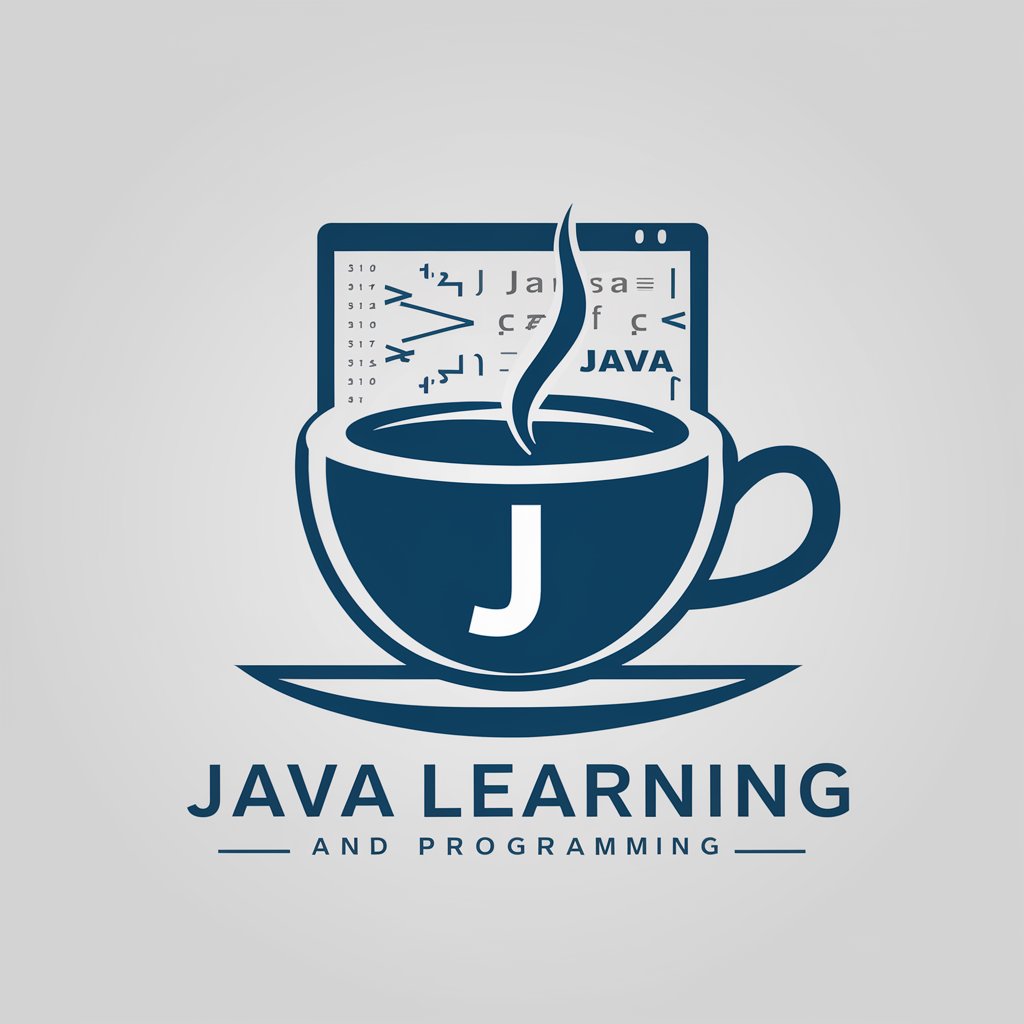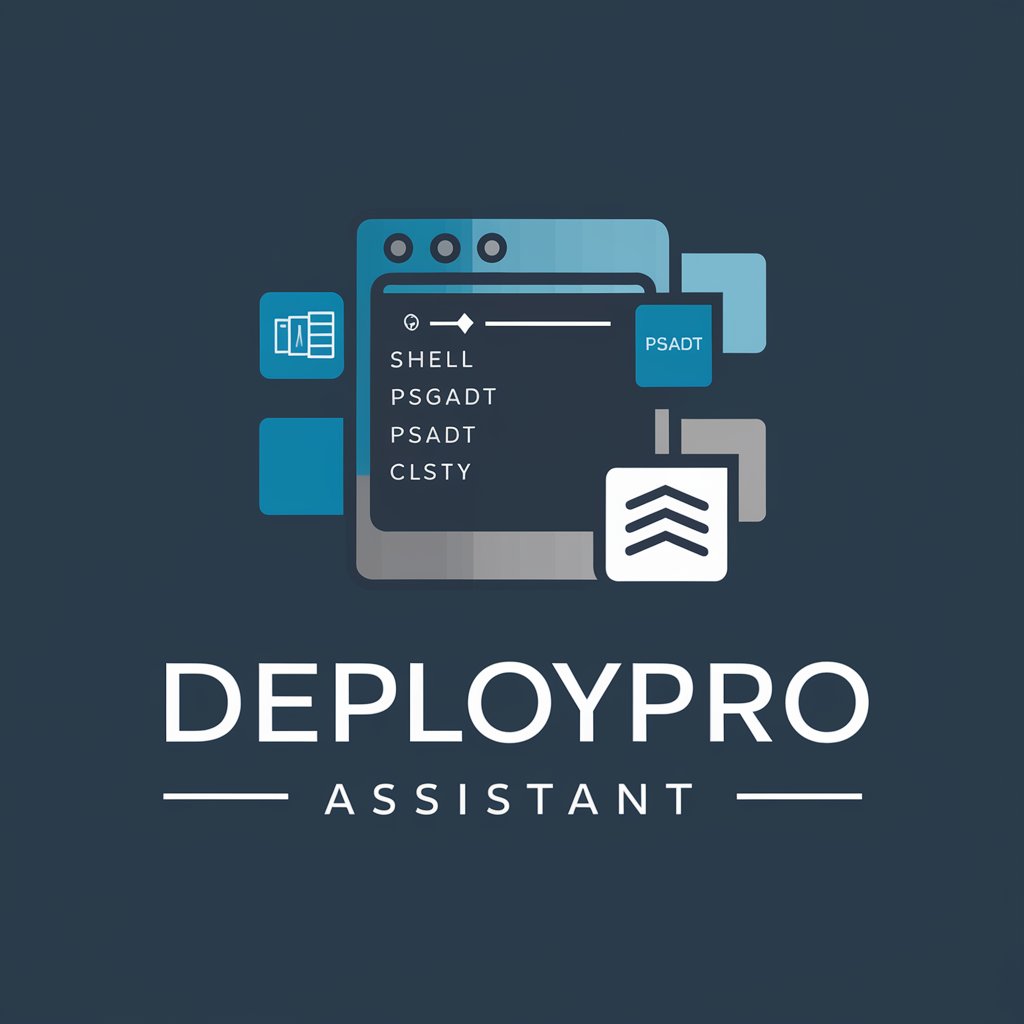
QL Name Resolution Guide - QL Query Resolution Tool

Welcome to the QL Name Resolution Guide, your expert on navigating QL complexities.
Decipher CodeQL with AI-powered guidance.
Explain the significance of distinct namespaces in QL name resolution environments.
How does the concept of union affect name resolution in QL modules?
What are the rules governing the predicate signature environment in QL?
Describe a scenario where a QL program encounters unresolved keys and how to address it.
Get Embed Code
Overview of QL Name Resolution Guide
The QL Name Resolution Guide is designed to aid users in understanding and navigating the complexities of name resolution in the QL programming language, which is essential for analyzing databases through CodeQL queries. Name resolution in QL involves the correct identification and linking of identifiers to their declarations within a QL program. This guide focuses on the six key environments that influence name resolution: module, type, predicate, module signature, type signature, and predicate signature. Each environment has distinct rules for how names are resolved and can interact with each other through mechanisms like union and overriding union, ensuring that names are uniquely resolved within definite environments. Example: In a QL analysis of a Java codebase, understanding the scope and linkage of identifiers within different modules can help in identifying security vulnerabilities through precise and accurate query results. Powered by ChatGPT-4o。

Core Functions of QL Name Resolution Guide
Explaining Environment Interaction
Example
Consider a scenario where a predicate defined in one module is overridden in another. The guide helps explain how the overriding union between the predicate signature environments ensures that the most specific definition is used during query execution.
Scenario
A user developing a query to detect cross-site scripting might override a generic HTML sanitization predicate with a more specific one tailored to the framework used in their project.
Clarification of Name Distinctness and Resolution
Example
The guide details how different namespaces, such as type and predicate namespaces, maintain distinctness, preventing naming conflicts and ambiguous resolutions.
Scenario
A developer analyzing a large SQL codebase needs to differentiate between similarly named tables and functions. The guide assists in understanding these distinctions to write clearer, more effective queries.
Guidance on Invalid Program Scenarios
Example
It provides insights into common pitfalls where name resolution might fail, such as when an identifier cannot be resolved to any declaration within the expected environments.
Scenario
A security analyst writes a query to detect API misuse but encounters an error due to an unresolved identifier. The guide helps identify the cause and suggests potential fixes.
Target User Groups for QL Name Resolution Guide
Security Researchers
Security researchers benefit from this guide as it helps them write precise queries for detecting vulnerabilities in software codebases, ensuring that each identifier is correctly linked to its declaration.
Software Developers
Developers who use CodeQL for code quality and security audits rely on accurate name resolution to ensure their queries are effective and reflective of the actual code structure, thus benefiting from the guide.
Academic Researchers
Academics studying program analysis or developing new static analysis tools can use the guide to understand complex name resolution mechanisms, facilitating better tool creation and research outcomes.

How to Use the QL Name Resolution Guide
Initial Access
Visit yeschat.ai for a free trial without login requirements or the need for a ChatGPT Plus subscription.
Explore Documentation
Review the comprehensive documentation available on the platform to understand the basics and advanced features of QL Name Resolution.
Interactive Examples
Experiment with interactive examples provided to see how name resolution in different environments affects QL queries.
Utilize Support
Use the community support forums or direct support options for personalized guidance on complex issues or troubleshooting.
Continuous Learning
Regularly check for updates or new tutorials to stay informed about the latest improvements and techniques in QL Name Resolution.
Try other advanced and practical GPTs
Emptymind
Navigating Life with AI Insight

Translator English & Chinese
AI-Powered English-Chinese Translator

Empty Space
Empowering truth through AI.

Java Learning
Empowering Java mastery with AI.

DeployPro Assistant
Empowering IT Deployment with AI

RoastYourselfGPT
Get roasted by AI, humorously personalized.

この食材で何がつくれる?教えてGPTさん!
Transform ingredients into recipes with AI.

OrientalMedicine東洋醫學동양의학東洋医学とうよういがく
Empowering Healing with AI Insight

C#学習専門のGPTプログラム
Master C# with Tailored AI Guidance

AI盛岡の人
Empower Your Decisions with AI

Movie Title
Discover Films with AI

Title Wizard
Craft Captivating, AI-Driven Video Titles

Frequently Asked Questions About the QL Name Resolution Guide
What is a module environment in QL?
In QL, a module environment defines the scope where modules, types, predicates, and other entities are declared. It ensures that each declaration is properly scoped and accessible where it is most relevant, aiding in modular and clear code structure.
How does overriding union impact name resolution?
Overriding union in QL allows a module to extend or modify the definitions inherited from another module. This affects name resolution by prioritizing local definitions over inherited ones, thus facilitating customizable behavior in derived contexts.
Can you explain the concept of a 'definite environment'?
A 'definite environment' in QL refers to an environment where every name is resolved to a unique declaration. This ensures clarity and precision in program execution, preventing conflicts and ambiguities in large code bases.
What common mistakes should be avoided in QL name resolution?
Common mistakes include ambiguities due to overlapping namespaces, incorrect assumptions about scope inheritance, and failure to recognize hidden declarations when using overriding unions. Proper structuring and understanding of environments can mitigate these issues.
How is name resolution used in security analysis with QL?
In security analysis, precise name resolution is crucial for accurately identifying vulnerabilities within code. By resolving entity names to their exact declarations, QL allows analysts to precisely target and analyze suspect portions of code, enhancing the effectiveness of security audits.
